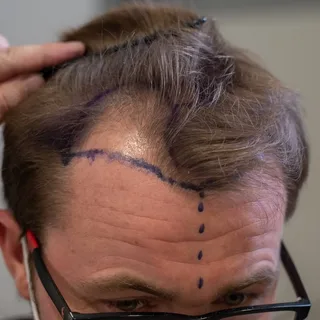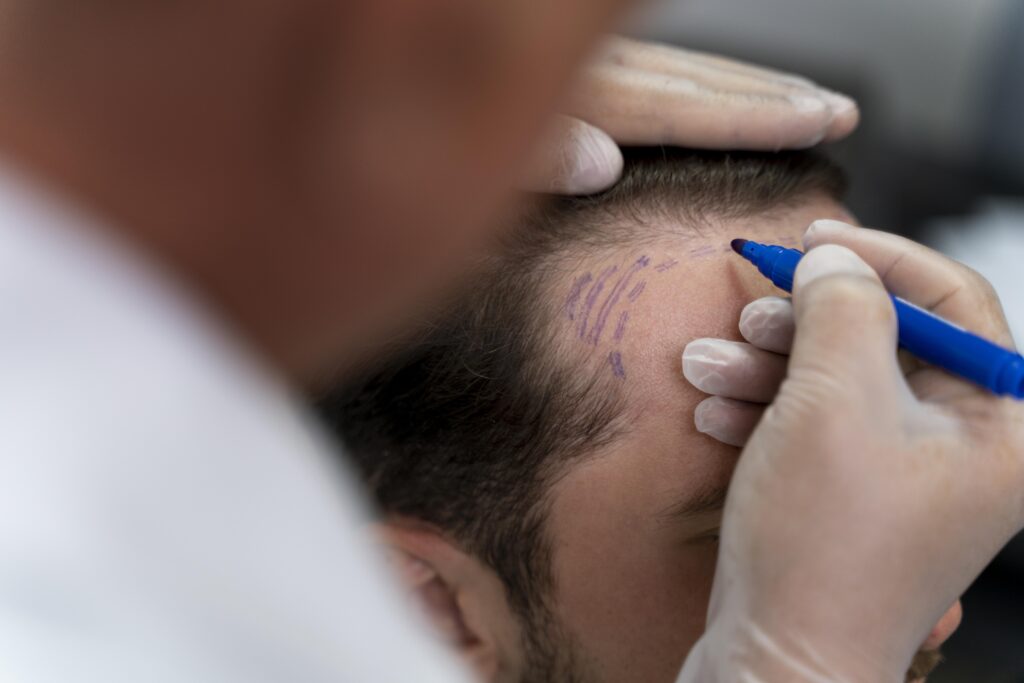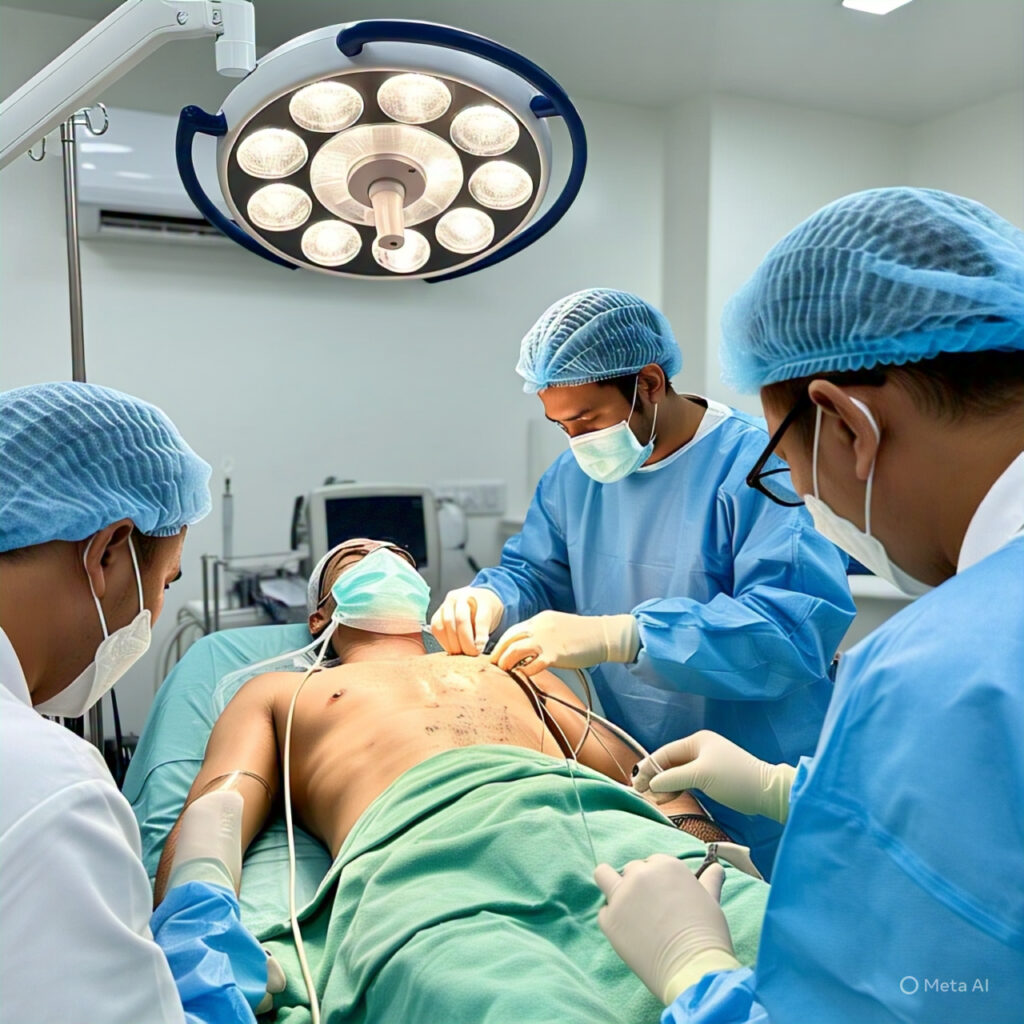Running low on scalp donor hair and wondering, can chest hair be used for hair transplant? This guide explains how body hair, especially from the chest, can serve as an alternative donor source in advanced hair restoration.

Chest hair offers a viable solution for patients with limited scalp supply, helping to increase density and improve coverage.
Learn when and how it’s used, what results to expect, and whether you’re a good candidate.
Backed by expert knowledge, we provide safe, medically sound answers to help you explore all your options with confidence.
Can Chest Hair Be Used for Hair Transplant?
Yes, chest hair can be used as a donor source in hair transplant procedures, particularly for patients with limited scalp donor availability. This process is part of a broader technique known as Body Hair Transplant (BHT).
Suitable Uses of Chest Hair in Transplantation:
- To supplement scalp donor hair
- To increase density in specific areas
- To reconstruct areas like the crown or vertex
- To fill beard patches or mustaches (in some cases)
Pros and Cons of Using Chest Hair for Transplants
Benefits:
- Provides an additional donor source
- Useful in patients with advanced baldness (Norwood 6-7)
- Can improve the overall graft count for dense packing
Considerations:
- Chest hair differs in texture, growth cycle, and length from scalp hair
- Growth rate may be slower
- More suited for blending or coverage in less visible areas
- Requires a highly experienced surgeon for natural-looking results

How Is Chest Hair Extracted for Transplant?
Using the FUE method, individual follicular units are carefully extracted from the chest under local anesthesia. This is followed by implantation into the recipient area using micro-instruments.
Step-by-Step:
- Donor Area Shaving & Anesthesia
- Precise Extraction of Chest Follicles
- Graft Sorting & Preparation
- Implantation into the Recipient Area
- Post-op Care & Recovery Instructions
Recovery and Results
- Healing Time: The Chest area heals in 5–7 days
- Shedding Phase: 2–8 weeks post-transplant
- Visible Growth: Starts at 3–4 months
- Full Results: Typically seen by 9–12 months
Ideal Candidates for Body Hair Transplant
You may be a candidate if you:
- Have advanced hair loss with a limited scalp donor supply
- Have dense body hair (chest, beard, back)
- Are in good general health
- Have realistic expectations
A detailed assessment by Dr. Rana Irfan helps determine if chest hair transplantation is suitable for you.

Why Choose Dr. Rana Irfan in Islamabad?
- ABHRS Diplomate: Certified by the American Board of Hair Restoration Surgery
- ISHRS Member: Adhering to global surgical and ethical standards
- Over 15 years of surgical expertise
- Performs advanced FUE and BHT procedures
- Located in the heart of Islamabad, Pakistan
- Trusted by both local and international patients
Local and Global Appeal
- Serving patients across Islamabad, Rawalpindi, and Lahore
- Welcoming medical tourists from the UK, UAE, KSA, and Canada
- Multilingual staff and online consultations are available
Important Pages:
FAQs
Can chest hair be used for head hair transplant?
Yes. Chest hair can be transplanted to the scalp when scalp donor hair is insufficient, particularly for coverage in the crown or to supplement density.
Is chest hair suitable for beard transplants?
In some cases, yes. Chest hair may be used in small areas to fill beard patches, but results may vary due to differences in hair texture.
What types of body hair can be used for transplants?
Common sources include chest, beard, back, and leg hair, depending on thickness and growth characteristics.
What hair is not suitable for transplant?
Very fine or soft body hair with a poor growth cycle may not be ideal. A consultation is necessary to assess suitability.
Are the results from chest hair transplants permanent?
Yes, body hair follicles retain their original characteristics but grow in a new location permanently. However, they may require maintenance trimming.
